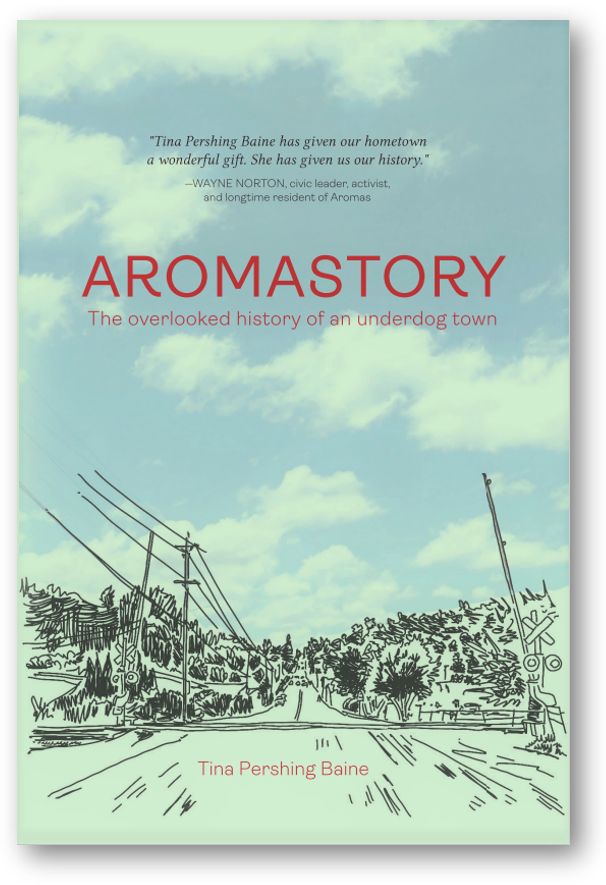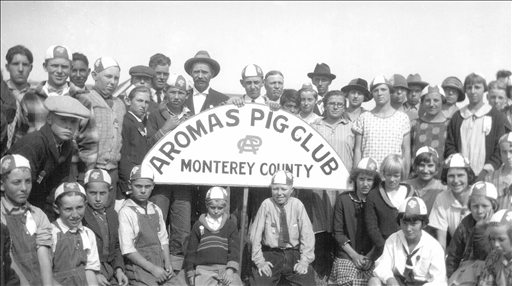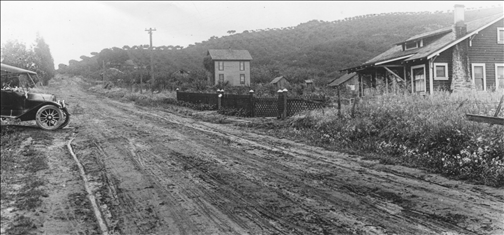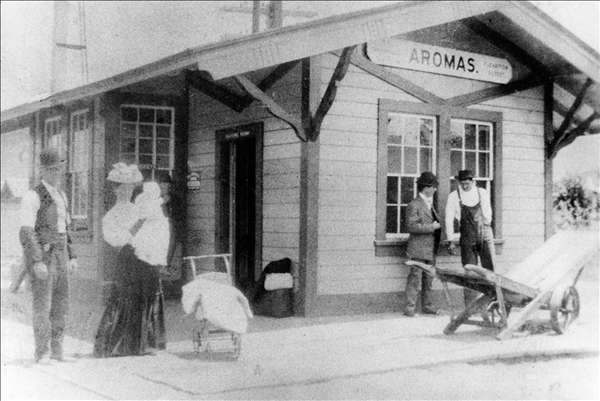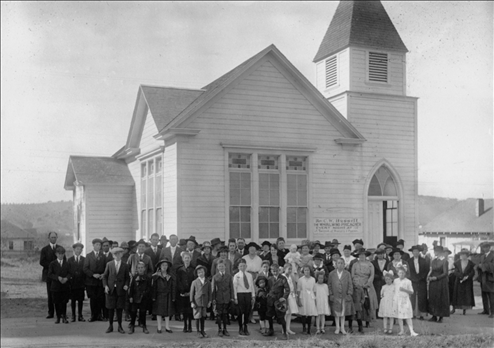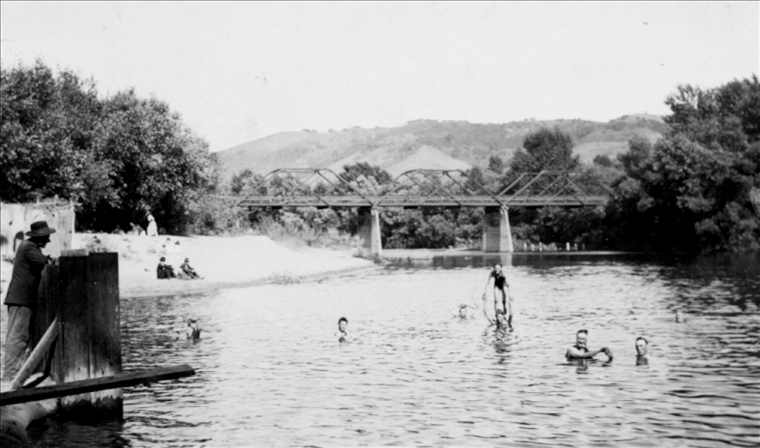
During the 1920s, Aromas farmers dredged a dam each summer to create a recreation area for locals and seasonal farm workers along the Pajaro River, west of the bridge.
AROMASTORY
is the tale of a small California town, situated on the far-flung meeting points of three counties, nestled in a valley between two scenic mountain ranges, just beyond the outer edge of the San Francisco Bay Area. Despite the rampant growth and expansion of the urban regions that surround it, Aromas has somehow gone relatively unnoticed and unchanged for decades.

